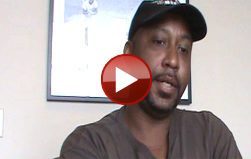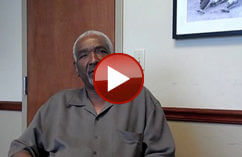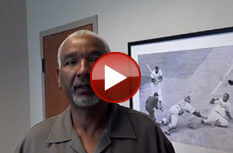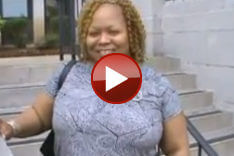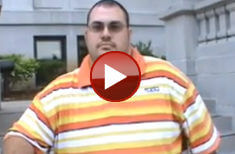Evidence in a Chattanooga Traumatic Brain Injury Case
If you believe that your traumatic brain injury (TBI) was the result of another individual’s negligence, you may be entitled to receive compensation from the party at fault for your resulting damages. A professional injury attorney experienced in gathering evidence in a Chattanooga traumatic brain injury case could offer you their assistance by conducting an external investigation to prove the negligence of the other party. Read on to learn more about the role of evidence in a Chattanooga traumatic brain injury case, as well as the ways a compassionate lawyer could fight for your rights today.
Examples of Qualifying Evidence in a Chattanooga Traumatic Brain Injury Case
There are all types of medical evidence that are used in a TBI case. There are cognitive functioning tests that are often administered by EMT and emergency department personnel. There are brain X-rays, brain CTs, and MRIs of the head that might be able to show some sort of traumatic change in the brain. Frequently, a traumatic brain injury will not show up on a brain scan. A lot of other types of testing still have to be done. Sometimes this can take place in the form of a neuro-psychiatric evaluation, cognitive functioning testing, memory testing, or visual acuity testing. Many different types of evidence can be used, and third-party professionals have to be consulted when proving a traumatic brain injury case.
How an Attorney Gathers Evidence
A catastrophic injury lawyer has to spend a lot of time with doctors, third-party professionals, and evaluators. They have to pay those individuals to do their work and to give their opinions, and they are dependent on the information gained from their knowledge. A patient would need a lawyer who understands their type of injury and the legal proof that comes with it. A dedicated lawyer with experience in these skills will also need the financial ability to develop that type of evidence in a Chattanooga traumatic brain injury case.
Using Evidence to Establish Liability
To establish liability in a traumatic brain injury case, an individual will need to prove some sort of traumatic impact happened to the plaintiff’s brain. A weathered injury attorney will need testimony from eyewitnesses who saw whatever event occurred. They can sometimes use injuries from outside of the head, such as a laceration or a hematoma on the scalp or face that shows that there was a forced impact. For example, ear trauma may occur if the plaintiff suffered from an explosion or some sort of concussive force to the head. A lawyer will then look for those types of injuries to prove that the force impacted the patient’s brain. From there, they have to prove how that force was caused by the inappropriate behavior of the defendant.
The Role of the Plaintiff in Presenting Evidence
The role a plaintiff plays in presenting evidence in a Chattanooga traumatic brain injury case varies for each situation. Some traumatic brain injury patients are not able to provide any testimony evidence because of the severity of their injury. Others are able to tell the attorney exactly what happened, are able to describe exactly how the injury occurred, and sometimes they are able to describe what effects they are having. They are able to describe their headaches, their sensitivity to light, their loss of ability to do certain things, and their emotional swings. The role the plaintiff plays in gathering the evidence is usually very small.
An experienced injury attorney wants to get the patient’s story, they want to understand that story and learn what the plaintiff is experiencing and the effect that the injury is having on their life. Other than sharing those things, their attorney gathers the other evidence and tries to insulate the plaintiff from the worry and stress of that process.
Consider reaching out to a professional TBI lawyer today in order to gain an aggressive advocate for your compensation.



